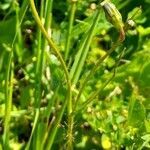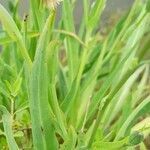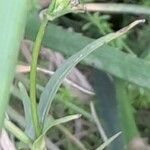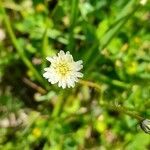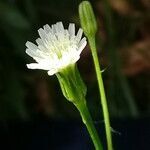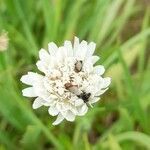Perennials to c. 0.4 m high, with spreading hairs on stems and leaves. Basal leaves with l:w ratio 3–6, undivided or with antrorse to retrorse lobes. Cauline leaves 2 or 3, mostly linear to narrowly linear, with l:w ratio to c. 20, not dilated basally, reducing to bracts upwards. Capitula few to several, transiently cobwebby; involucre 8–12 mm long at anthesis, subsequently lengthening by c. 50–80%, c. 2–4 mm diam.; bracts smooth; outer series lanceolate, c. 3 mm long; paleae to 15 mm long, slightly shorter than mature inner bracts. Florets: ligule c. 2–3 mm long, white or cream; style hairs pale. Achenes homomorphic, 6–10 mm long, beaked; body narrowly obloid, 4–7 mm long, with c. 5 broad transversely ridged ribs and narrow non-glaucous grooves; beak slightly shorter than body. Pappus uniseriate, 5–8 mm long, pale yellow-brown proximally, white distally; bristles all plumose.
